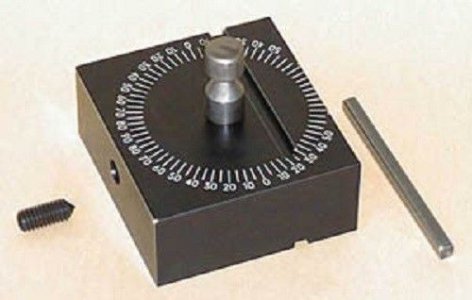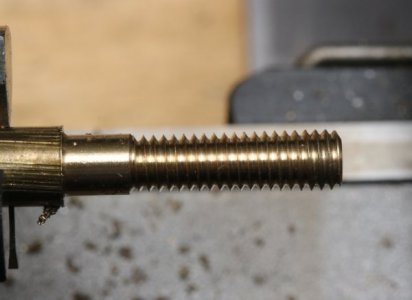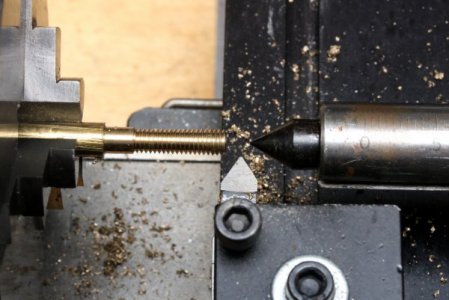- Joined
- Feb 8, 2014
- Messages
- 11,176
I don't believe our systems are fast enough to tweak the feed rates thousands of times per spindle rotation and have the mechanical parts respond. Mach3 apparently only makes the feed rate calculation once between passes. In my 10-32 example, it used the same Z-axis feed rate for 24 turns.
Some interval between adjusting Z-axis feed once in 24 turns and "several times per turn" seems like a better thing. Your encoder may be giving your 4000 PPR, but you're very likely using very little of that.
Mach3 is probably the worst case in that it grabs a sample prior to the start of the cut and as far as I know does not make any adjustments while cutting. Not sure if Mach4 has the capability of adjusting things on the fly.
My system is a bit different in that it tries to adjust the RPM every 10ms or so, but I know the system can't react that fast. The primary difference is that I'm using electronic gearing so the Z and A axes are tightly coupled with a position update every 62us, so absolutely constant RPM is not a critical factor, Z just tightly tracks A at the set ratio.



